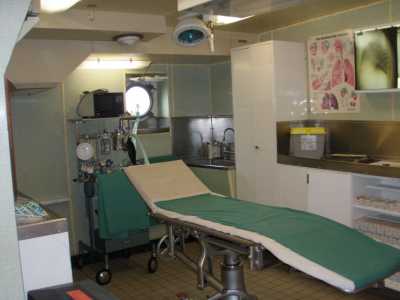Author Interviews, Infections, JAMA, Surgical Research / 30.01.2018
Appendicitis: Some Patients Prefer Antibiotics to Surgery
MedicalResearch.com Interview with:
Marc D. Basson, MD, PhD, MBA
Professor of Surgery, Pathology, and Biomedical Science
Senior Associate Dean for Medicine and Research
University of North Dakota School of Medicine & Health Sciences
Grand Forks, ND 58202
MedicalResearch.com: What is the background for this study? What are the main findings?
Response: There are now several studies that describe the use of antibiotics without surgery to manage acute uncomplicated appendicitis.
This entails a prolonged treatment course and has a substantial rate of failure and recurrence, but in patients in whom it succeeds surgery can be avoided. Many surgeons resist offering this choice because they perceive it as substandard compared to surgery, which is rapid, and when it goes well (as it usually does) has no failure or recurrence rate. Instead of debating the statistics, we decided to ask people what they would prefer if they had appendicitis and why.
We found that about nine tenths of people would choose surgery, but about one tenth would choose antibiotics, with some subtle distinctions depending on the characteristics of the people we asked. (For instance, surgeons, doctors in general, and people who knew someone who had previously had appendicitis were all a bit more likely to opt for surgery.) Furthermore, we found that the key issue for most people was not the prolonged treatment course but the rates of failure and recurrence with antibiotics.
(more…)





